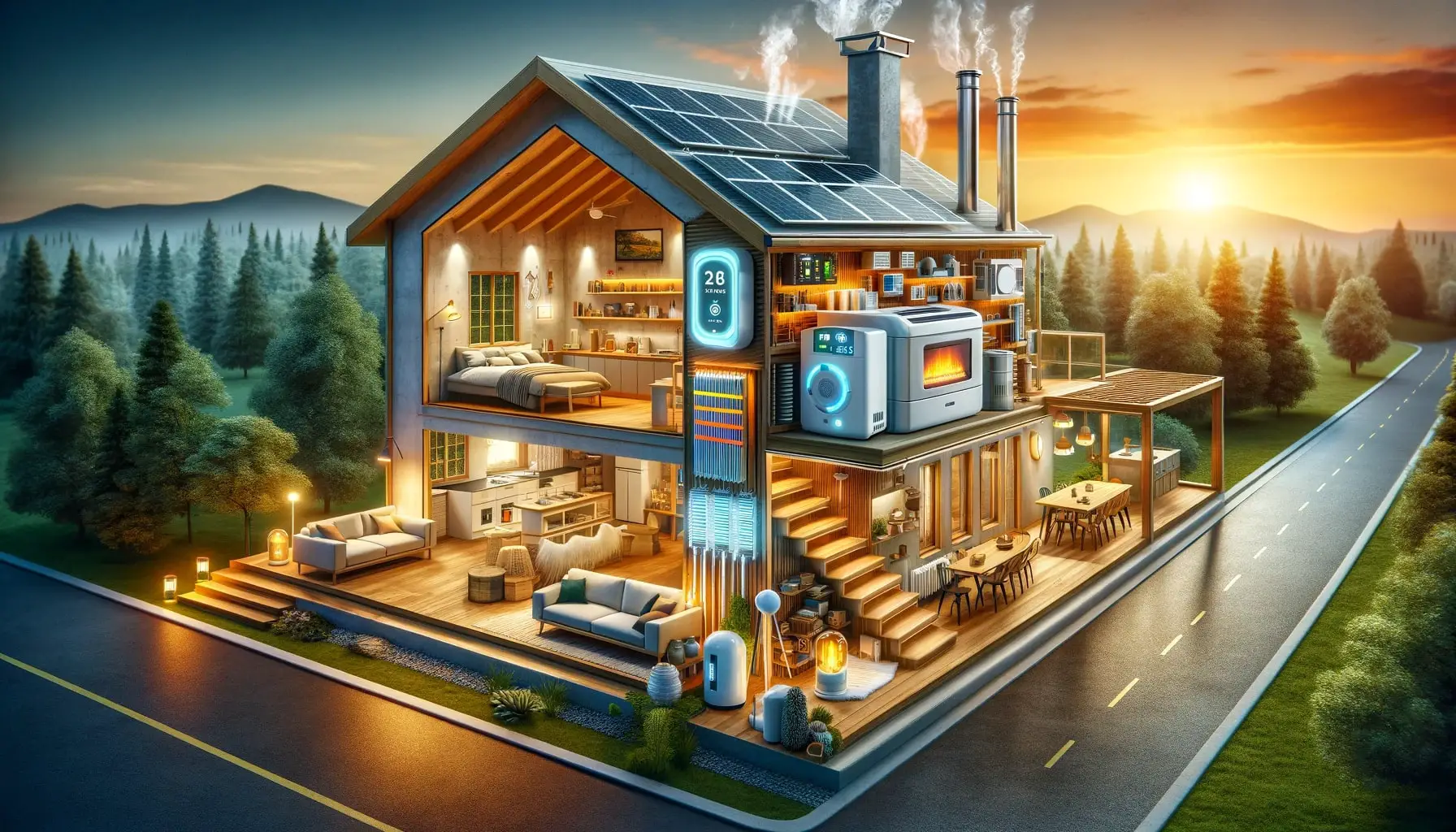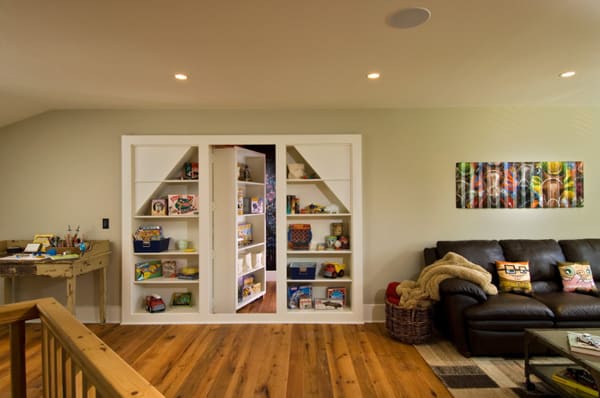When it comes to global warming, our homes are more than just a personal space; they are mini ecosystems interacting with the environment in a myriad of ways. Identifying the largest contributor to global warming within this ecosystem is crucial to making impactful changes. In this quest, partnering with an environmental solutions company can provide the expertise and innovations necessary to make our homes more sustainable. Let’s delve into the major sources of emissions in the average home and explore how we can address them.
Heating and Cooling Systems
The Role of HVAC
Heating, Ventilation, and Air Conditioning (HVAC) systems are often the primary sources of greenhouse gas emissions in homes. In areas with extreme temperatures, the energy required to maintain a comfortable indoor environment is significant.
Smart Thermostat Integration
By using a smart thermostat, you can optimize your heating and cooling patterns, reducing unnecessary energy use when the house is empty or during milder weather.
Insulation and Maintenance
Regular maintenance of your HVAC system and proper home insulation can greatly increase efficiency, thereby reducing energy consumption and emissions.
Appliances and Electronics
Energy Consumption Culprits
Appliances and electronics are integral to our daily lives, yet they contribute a significant amount to our carbon footprint, especially older models that lack energy-efficient designs.
Upgrade to Energy-Efficient Models
Investing in newer, energy-efficient appliances can cut down on energy use. An environmental solutions company can assist in identifying the most effective upgrades for your home.
Water Heating
A Hidden Emitter
Water heating can account for a considerable portion of a home’s energy use. Traditional water heaters continuously work to keep a tank of water hot, leading to excessive energy consumption.
Alternative Heating Solutions
Tankless water heaters or solar water heating systems are environmentally friendly alternatives that an environmental solutions company might recommend to reduce emissions.
Lighting
The Impact of Lighting Choices
While lighting may not seem like a major concern, inefficient lighting adds up over time, contributing to higher electricity usage and increased emissions.
Transition to LEDs
Switching to LED bulbs is a simple yet effective way to reduce the carbon footprint associated with home lighting.
Insulation and Building Materials
Loss of Heat and Cool Air
Poor insulation and drafty windows or doors can lead to a significant loss of heat during winter and cool air in summer, forcing HVAC systems to work harder.
Sealing and Upgrading
Enhancing your home’s insulation and sealing leaks are key steps to improving energy efficiency. Additionally, an environmental solutions company can offer sustainable building material options for new constructions or renovations.
Lifestyle Choices
The Everyday Impact
Our daily habits, from long showers to high thermostat settings, can inadvertently contribute to global warming.
Conscious Decisions
Making conscious decisions, like reducing shower time and wearing appropriate clothing for the season inside the home, can decrease the need for energy-intensive temperature control.
Partnering with an Environmental Solutions Company
Expertise for Sustainable Living
An environmental solutions company can provide a holistic analysis of your home’s energy usage and offer tailored solutions to reduce your environmental impact.
Renewable Energy Options
These companies can also facilitate the transition to renewable energy sources, such as solar or wind power, making a significant dent in your home’s contribution to global warming.
By recognizing and addressing the biggest contributors to global warming in our homes, we can take meaningful steps towards sustainability. It’s not just about a single change; it’s about a comprehensive approach that encompasses technology, behavior, and smart design. Through the support of environmental solutions companies, we can transform our living spaces into models of energy efficiency and environmental stewardship, doing our part in the global effort to combat climate change.






